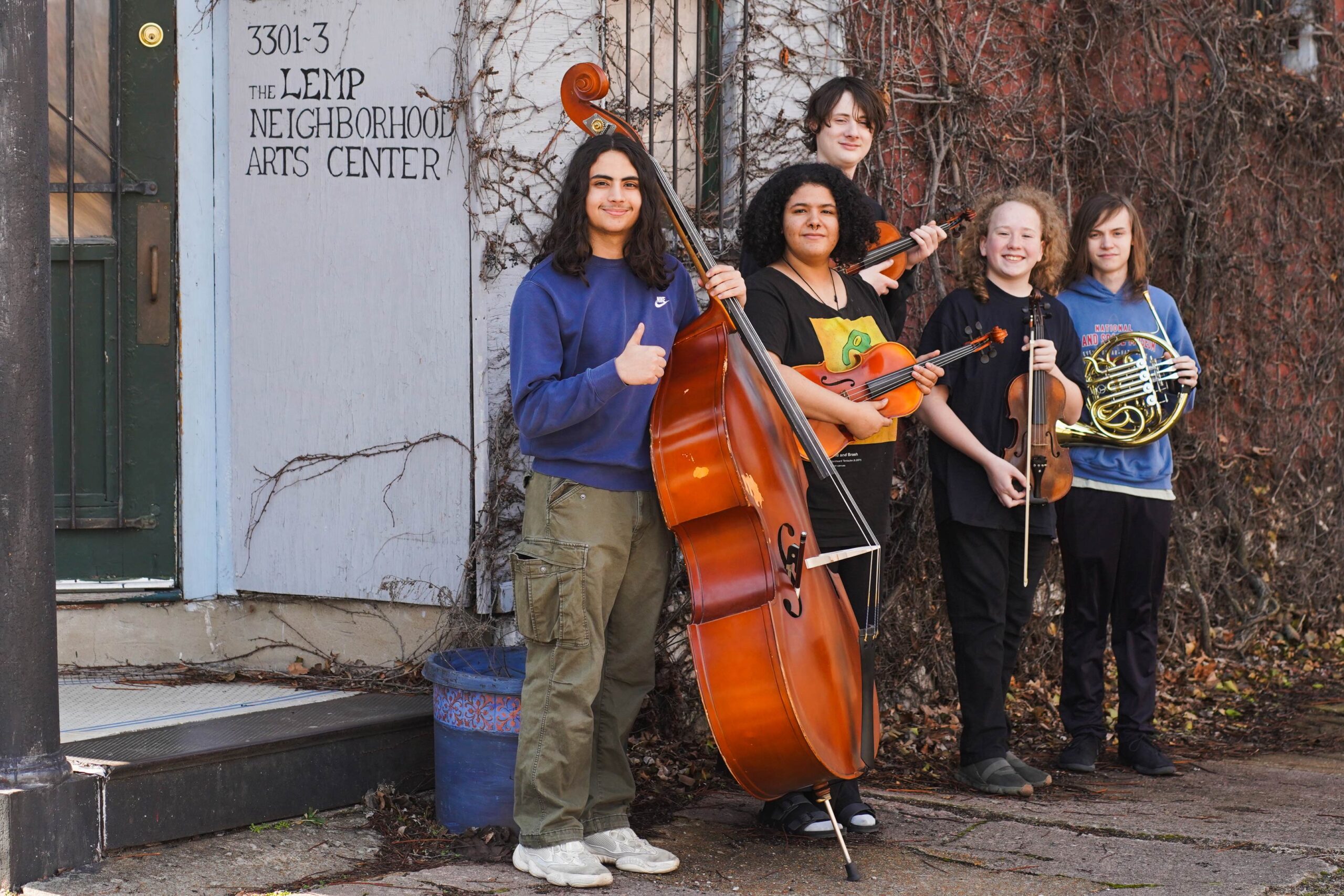PROGRAMS OF
ORCHESTRATING DIVERSITY
Diversity Orchestra is a is a FREE symphonic orchestra program, primarily serving students in the 6th through 12th grades. During the school year students meet for sectional practice and full orchestra practice in addition to private lessons. During the summer intensive program, students meet five days per week. Instruction includes music theory as well as orchestral performance. Students should expect to perform in at least three major concerts per year.


JUMP
(Junior Urban Music Program) is a FREE program primarily serving students in kindergarten through 5th grade. Students in this age group focus on basic music literacy and strings competency. During the school year, JUMP students meet once per week, and meet four times per week during the summer camp program. Children in this age group learn through play, working with peers to play games and engage in other activities that make learning music fun.
KEYS
(Keyboard Education for Young Students) is a FREE program for students learning basic keyboard skills. This program happens on Washington University’s campus and is taught by WUSTL music students. This program meets once per week during the school year, and relies on group and individual instruction for these students.

- EL SISTEMA
- In Caracas, Venezuela, in 1975, El Sistema was eleven children in a parking garage, Dr. José Abreu began his project to liberate Venezuela’s poorest children from poverty. His vision was that playing orchestral music together would transform their hopelessness into the power to create their own futures. With 300,000 children now participating in El Sistema in Venezuela, and over 4 million around the world, it has transformed not only the lives of the children, but also their communities.
- In Venezuela, children begin attending their local El Sistema center (or “nucleo”) as early as age two to begin working on the embodiment of rhythm and expression in music. From this early age they become dedicated to learning music. They attend up to six days a week, three to four hours a day, and also participate in retreats and intensive workshops. Participation is free for all students. Ensemble playing, group learning, peer teaching, and a commitment to the joy that comes with musical learning are all emphasized from the earliest stages in the program.
Dr. Mark Churchill, at the New England Conservatory of Music, was responsible for bringing the program to the US in 2002. In the next years a handful of El Sistema inspired programs began around the US. Winning the TED Award in 2008, Abréu asked that 50 young musicians be trained to start 50 nucleos in America. The Abréu Fellowship at New England Conservatory did just that.
The next year, 2009, Orchestrating Diversity: El Sistema St. Louis was founded. And in the following year became the eleventh recognized Nuleo in the US.
El Sistema graduates include Edicson Ruiz, contrabass player, at 17 the youngest player ever inducted into the Berlin Philharmonic, Alcides Rodriguez at 28 the principal clarinetist of the Atlanta Symphony Orchestra, Carlos Izcaray, the 24 year-old conductor of the Alabama Symphony Orchestra and Gustavo Dudamel, the youngest music director of a major orchestra, the Los Angeles Philharmonic. They, like the Simon Bolivar Youth Orchestra of Venezuela from which they came, have established for the world the musical miracle that is El Sistema. Of note is the fact that Abreu refused federal funding until the Venezuelan government agreed to house the program in the Ministry of Public Welfare rather than the Ministry of Culture. The true success of El Sistema is the thousands of lives spared the degradations of poverty.
Today there are more than 150 El Sistema-inspired programs in the USA. They are distinguished from many other musical communities by their commitment to social change, in which every child is empowered as an asset to their community. We believe that music education must be accessible to all children, requiring an intense dedication and time-commitment, the involvement with the nucleo of the family in their children’s education, and the involvement of the community and other nucleos through outreach concerts. For more information, visit elsistemausa.org

PROGRAM DESIGN
We have recently completed a written pedagogy outlining a specific technique for teaching our students. This technique closely matches the successful program in Venezuela, and calls heavily on the work of Paulo Friere, Jean Piaget, and music educators such as Émile Jaques-Dalcroze and Zoltán Kodály. We rely mostly on Dalcroze’s Eurhythmics and Kodály’s Method with our youngest children, ages 4-6, to help them understand music through embodiment, and to engage in fun and motivating musical activities. We have implemented a tandem 3-educator program for the 4-6 year olds, and are using the El Sistema practice of 1 educator and 3 assistants for the violin class.
The Teachers College of Columbia University in collaboration with the Julia de Burgos Latino Cultural Center and the Heritage School developed an approach that celebrates the integrity of each youth without forbidding the expression of rage and frustration caused by oppression. We have adapted this into a principle we call “finding the integral voice.” Further, we have adapted lessons learned in educational research in the inner city to provide for the continuous attention of all students in a technique we refer to as “active engagement” in each educational process. This, in consort with Mastery Learning (which requires 90% success for passing), is conducive to self-mastery and excellence as a birthright. Finally, by cultivating an environment where the young person’s desire becomes the focus, we interface the discipline and rigor of an orchestral training with nurturing the individual.


